26 February 2018
How to build a new house, lower your energy bills, and take care of the environment.
Article first published by Daily Telegraph.
Words by Robyn Willis.
QUESTION: I want to build a new house and I’ve heard you can do it in a ‘carbon positive’ way. What’s that all about?
ANSWER: Building a home is a messy business that, by it’s very nature, consumes a lot of resources and produces a lot of waste. Aside from the building materials, there’s often excavation required, which involves dumping the ‘fill’ elsewhere, while leftover materials such as timber, brick and plasterboard often end up in the skip bin.
So the idea of a building that not only doesn’t harm the environment but makes a positive contribution seems like an almost impossible prospect. But that’s the aim of Melbourne-based company Archiblox that designs and builds prefabricated houses. While much of their business is based in the Melbourne area, their Sydney market is growing.
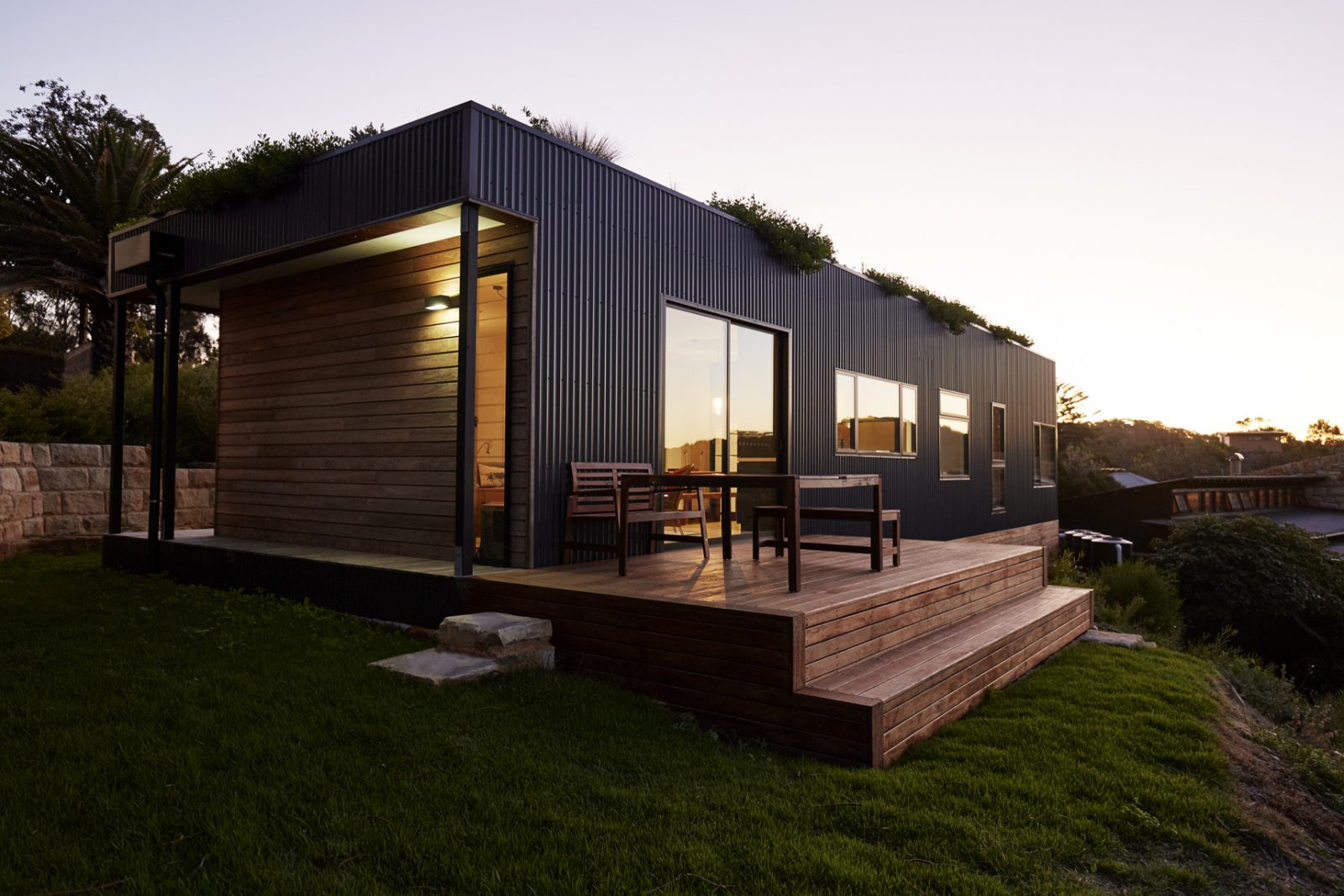
Project: Avalon Beach House
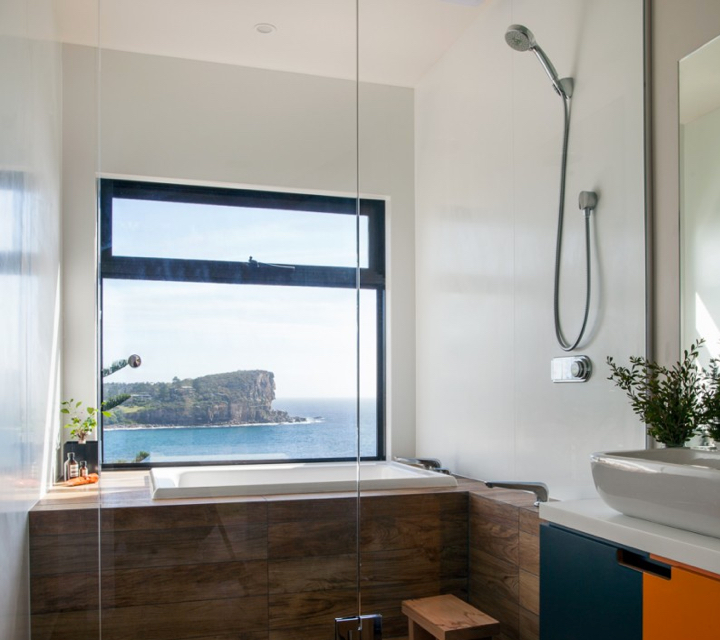
Project: Avalon Beach House
Fabulous Prefab.
Director Bill McCorkell (pictured) says the prefabricated housing market is on the rise, accounting for 3 per cent of new builds.
Because much of the construction is done in the factory, waste can be better managed for reuse and time on site is often dramatically reduced.
Bill says construction in the factory takes between eight and 12 weeks for a standard three-bedroom house, with another two weeks putting the building together on site.
They have also taken measures to reduce the ‘embodied energy’ impact of delivery to the site on the back of a truck, including to interstate sites.
“We’ve joined the Plant-a-Tree program, in partnership with Carbon Neutral — a carbon solutions provider and reforestation developer,” Bill says. “They work with organisations across Australia to minimise their impact on the environment.
“The trees we have purchased to be planted will draw back carbon dioxide and other greenhouse gases from the atmosphere, as well as help many vulnerable plant and animal species in the area to thrive.”
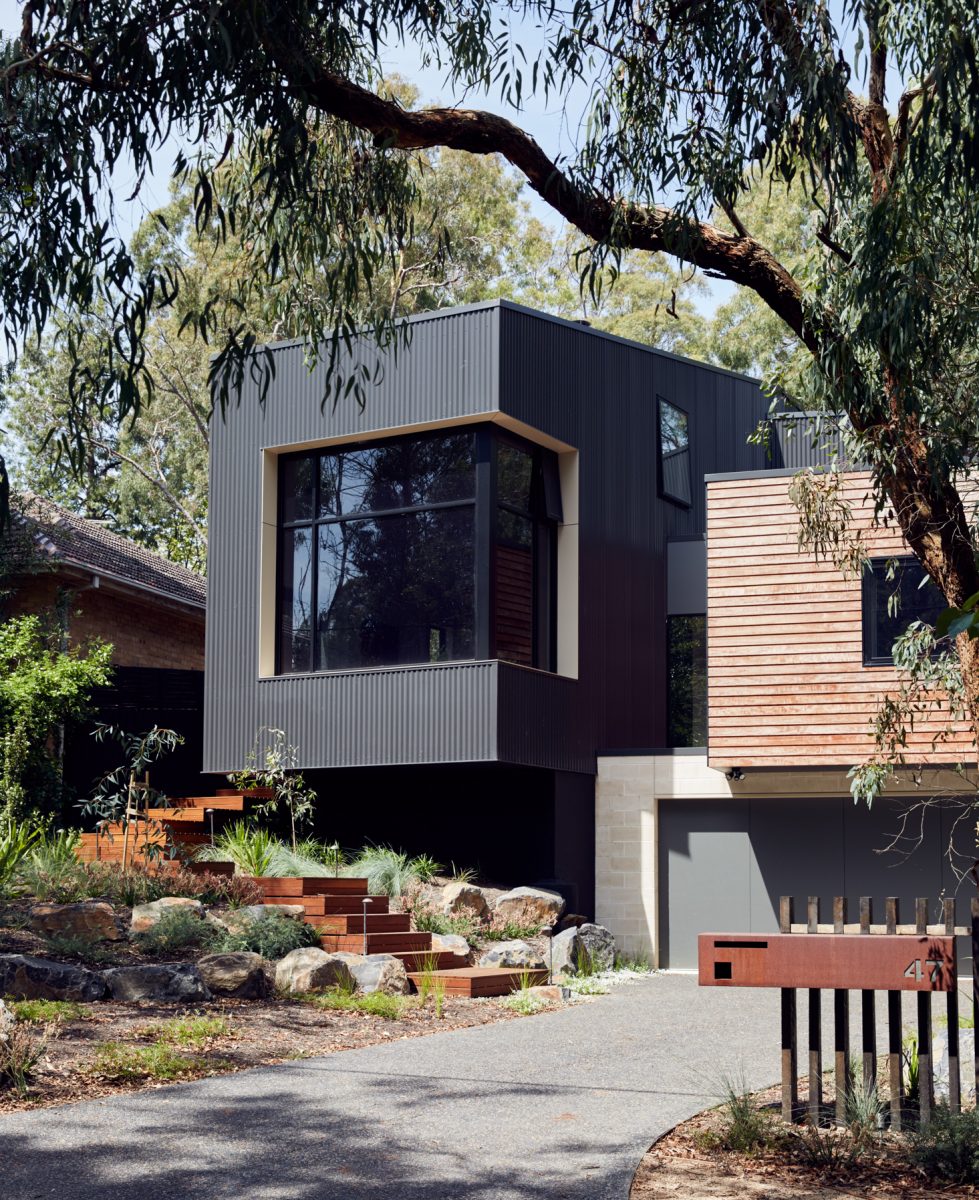
Project: Blackburn House
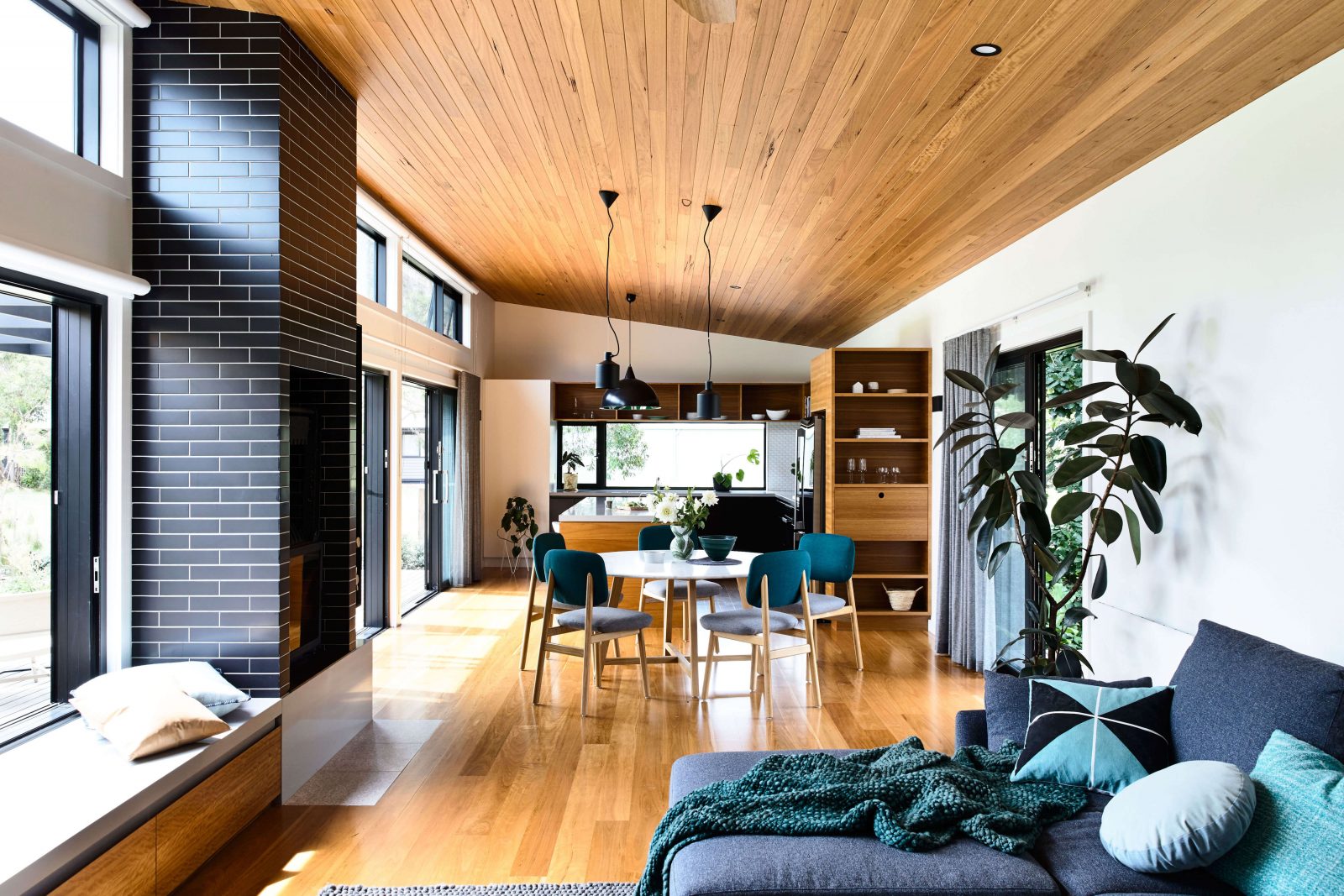
Project: Flinders House
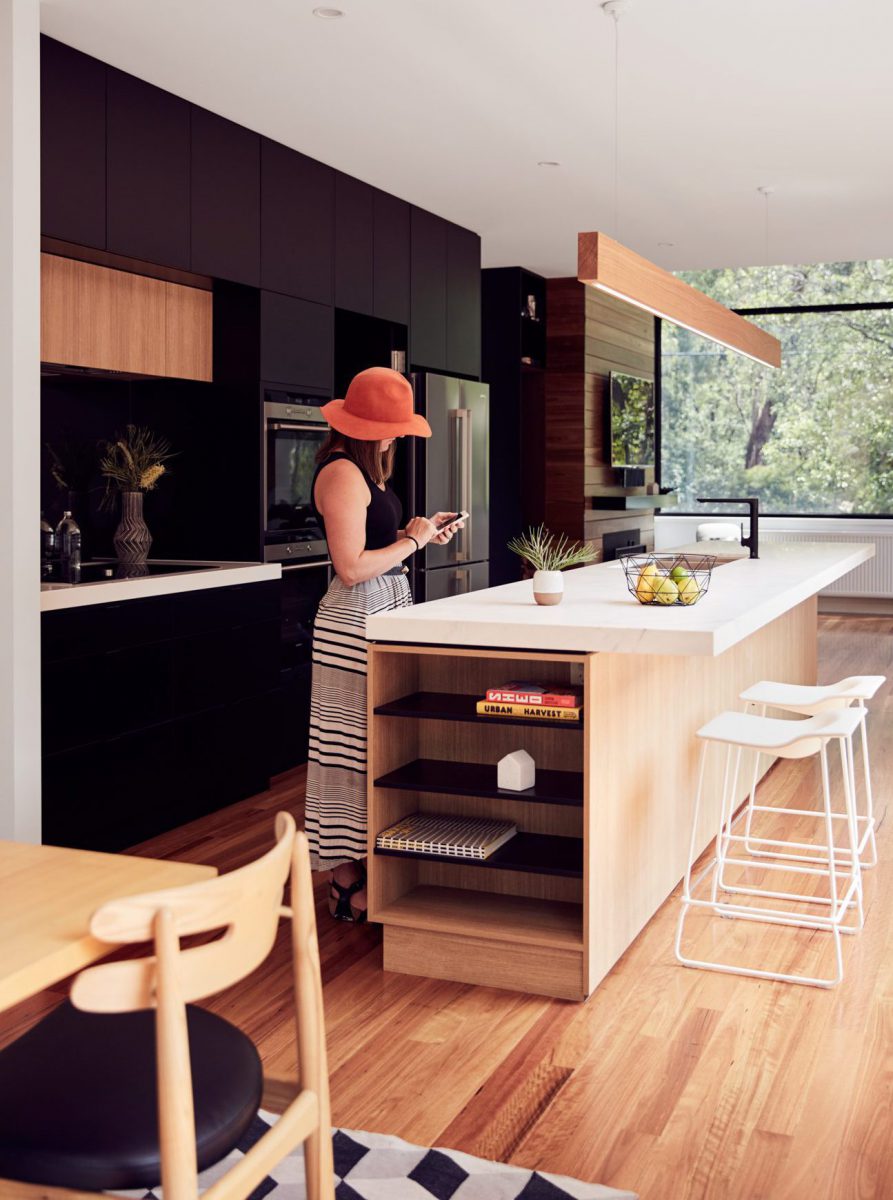
Project: Blackburn House
He says more people are showing an interest in ‘carbon positive’ design that is both inexpensive to run and beautiful to live in.
“The base design of any carbon positive or carbon neutral house relies on the principles of passive design, starting with orienting a building on its site to maximise the solar and wind possibilities,” Bill says.
A carbon positive house is one that creates more energy that it requires.
“Carbon positive buildings — which also create no net annual emissions — generate more energy than required, feeding it back to the grid,” he says.
Back to Nature.
Bill says their houses appeal to clients for a variety of reasons, from couples looking to downsize to families seeking a stronger connection to the natural environment.
“An Archiblox home is designed to connect us with nature, with a seamless inside-out connection, bringing in natural light to the home and naturally creating a cool house in summer and a warm house in winter,” Bill says.
Rainwater tanks, grey water systems and solar panels are also available to reduce ongoing waste and generate more than enough electricity to keep the house running all year.
“If the house produces more energy than it consumes, there is the possibility to be paid for contributions back to the grid as well,” Bill says.
To read the original article click here.